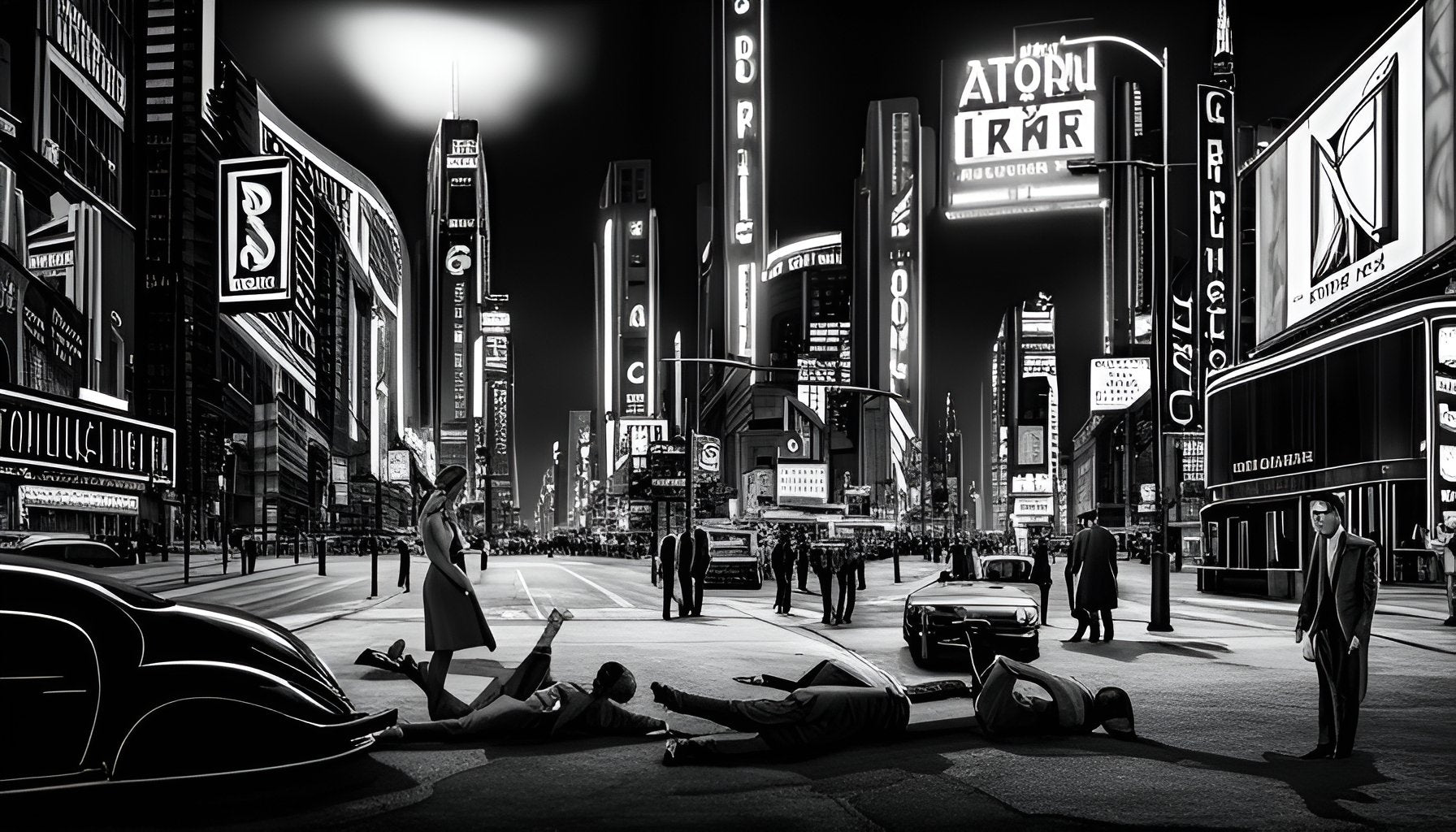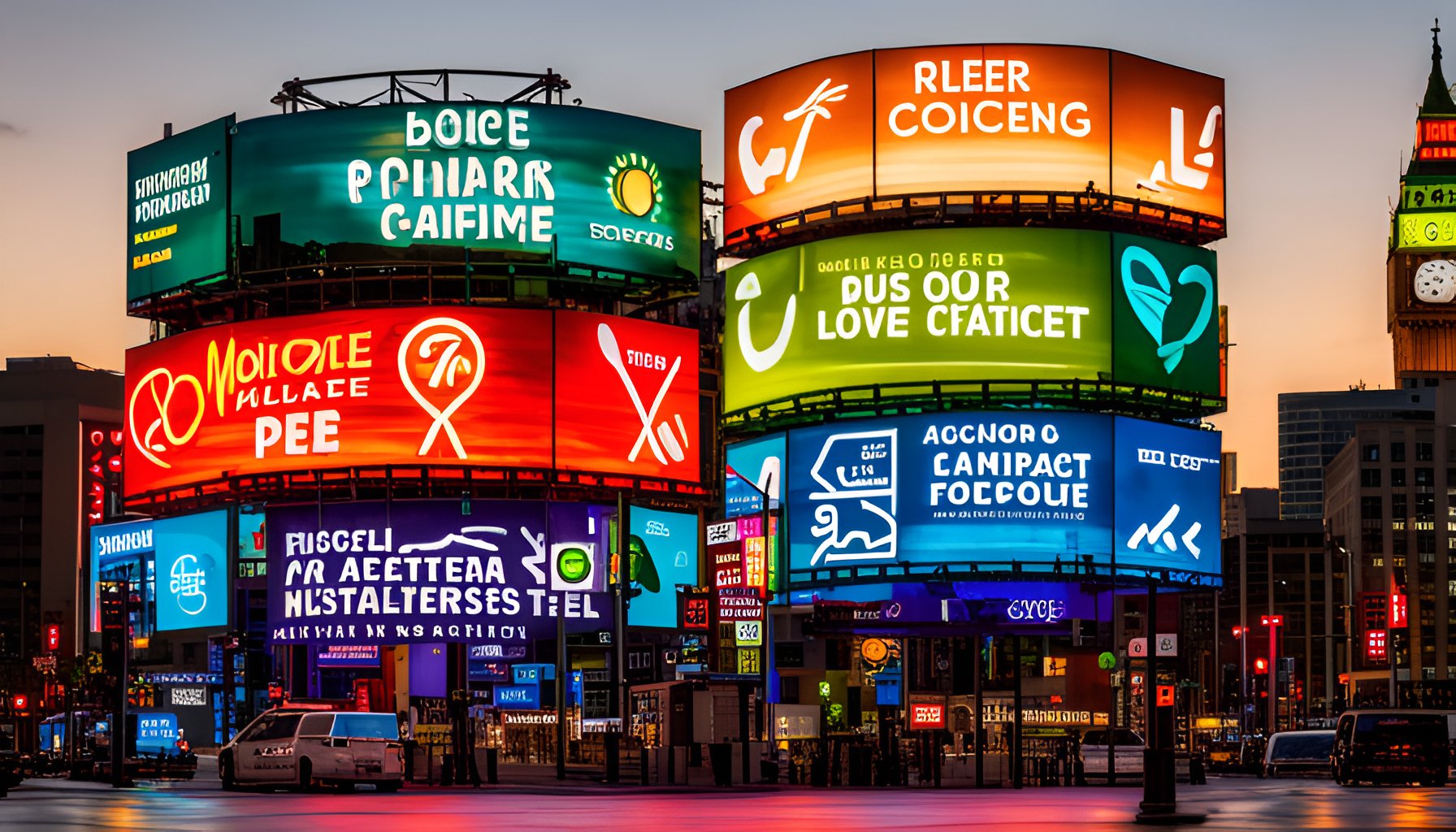Neon Literature: Neon Themes in Books
Neon lights have long captivated our imagination, evoking a sense of excitement, mystery, and a touch of nostalgia. From the vibrant streets of Tokyo to the iconic Las Vegas strip, neon signs have become synonymous with urban life and the energy of the night. It comes as no surprise that authors have been inspired by the allure of neon lights, incorporating them into their literary works to create vivid and unforgettable scenes. In this article, we explore the neon themes in books and how they add a unique touch to the storytelling experience.
1. Neon as a Symbol of Urban Life
Neon lights often symbolize the bustling energy of city life. In literature, they serve as a powerful visual metaphor for the vibrant and fast-paced nature of urban environments. Authors use neon signs to set the stage, placing their characters in the heart of a bustling metropolis, surrounded by the glow of colorful lights. This motif can be found in works like 'Bright Lights, Big City' by Jay McInerney, where the protagonist navigates through the neon-lit streets of New York City, mirroring his own turbulent life.
2. Neon as a Sign of Nightlife and Entertainment
Neon signs are often associated with nightlife and entertainment districts. They guide us to bars, clubs, and theaters, promising a world of excitement and diversion. In literature, authors use neon lights to transport readers into the vibrant world of nightlife. One notable example is F. Scott Fitzgerald's 'The Great Gatsby,' where the famous green light at the end of Daisy's dock can be seen as a symbol of Gatsby's unattainable dreams, shining brightly like a neon beacon.
3. Neon as a Representation of the Underbelly of Society
Beyond their glamorous associations, neon lights can also serve as a representation of the darker side of society. They illuminate the shadows where secrets and illicit activities thrive. In crime and noir fiction, neon signs often feature prominently, creating an atmosphere of mystery and danger. Raymond Chandler's 'The Big Sleep' is a classic example, where the neon lights of Los Angeles reveal the corruption and moral decay lurking beneath the city's glamorous facade.
4. Neon as a Nostalgic Element
Neon lights have a timeless quality that can evoke a sense of nostalgia. They remind us of bygone eras and the allure of the past. Many authors use neon as a nostalgic element, transporting readers to a different time and place. A prime example is 'Midnight in the Garden of Good and Evil' by John Berendt, where the neon lights of Savannah, Georgia, become a window into the city's rich history and eccentric characters.
5. Neon as a Symbol of Hope and Transformation
Neon lights can also symbolize hope and transformation in literature. They represent a glimmer of light in the darkness, a beacon of possibility and change. In 'The Neon Bible' by John Kennedy Toole, the protagonist experiences a coming-of-age journey in a small Southern town, where the neon lights of the local movie theater become a symbol of escape and a catalyst for self-discovery.
6. Neon as a Reflection of Pop Culture and Consumerism
Neon lights are deeply ingrained in pop culture and consumerism. They are often associated with advertisements, logos, and brand names. In contemporary literature, authors explore neon themes to comment on the influence of consumerism and the commodification of society. In 'White Noise' by Don DeLillo, the protagonist encounters a neon-lit shopping mall, reflecting the excesses and emptiness of modern consumer culture.
7. Neon as an Element of Surrealism
Neon lights possess an ethereal quality that lends itself well to surrealistic literature. Their vibrant and otherworldly glow can create dreamlike atmospheres, blurring the boundaries between reality and imagination. In 'Hard-Boiled Wonderland and the End of the World' by Haruki Murakami, neon lights feature prominently, contributing to the novel's surreal and fantastical narrative.
8. Neon as a Metaphor for Transformation and Identity
Neon lights can also serve as a metaphor for personal transformation and the search for identity. The way they flicker and change colors mirrors the ever-evolving nature of human existence. In the graphic novel 'Watchmen' by Alan Moore, the character of Rorschach wears a mask with a shifting neon pattern, symbolizing his fractured identity and moral ambiguity.
9. Neon as a Representation of Technological Progress
Neon lights have historically been associated with technological advancements. In science fiction literature, authors utilize neon themes to depict futuristic societies and the impact of technology on humanity. For example, in William Gibson's 'Neuromancer,' neon-lit streets serve as a backdrop for a dystopian world where cybernetic enhancements and virtual realities shape the lives of the characters.
10. Neon as an Expression of Art and Creativity
Neon lights have also found their way into the realm of art and creativity. In literature, authors explore neon themes to delve into the artistic process, the pursuit of beauty, and the boundaries of imagination. In 'The Museum of Extraordinary Things' by Alice Hoffman, the protagonist finds solace and inspiration in the neon-lit sideshow attractions, reflecting the transformative power of art.
As readers, the inclusion of neon themes in books adds a layer of visual richness to the storytelling experience. Whether it's to symbolize the energy of urban life, the allure of nightlife, the underbelly of society, an element of nostalgia, hope and transformation, pop culture and consumerism, surrealism, personal identity, technological progress, or artistic expression, neon lights bring a vibrant and captivating atmosphere to the written word. So, the next time you immerse yourself in a book and encounter neon lights illuminating the pages, let yourself be carried away by the electric glow and the stories they have to tell.



Leave a comment
This site is protected by hCaptcha and the hCaptcha Privacy Policy and Terms of Service apply.